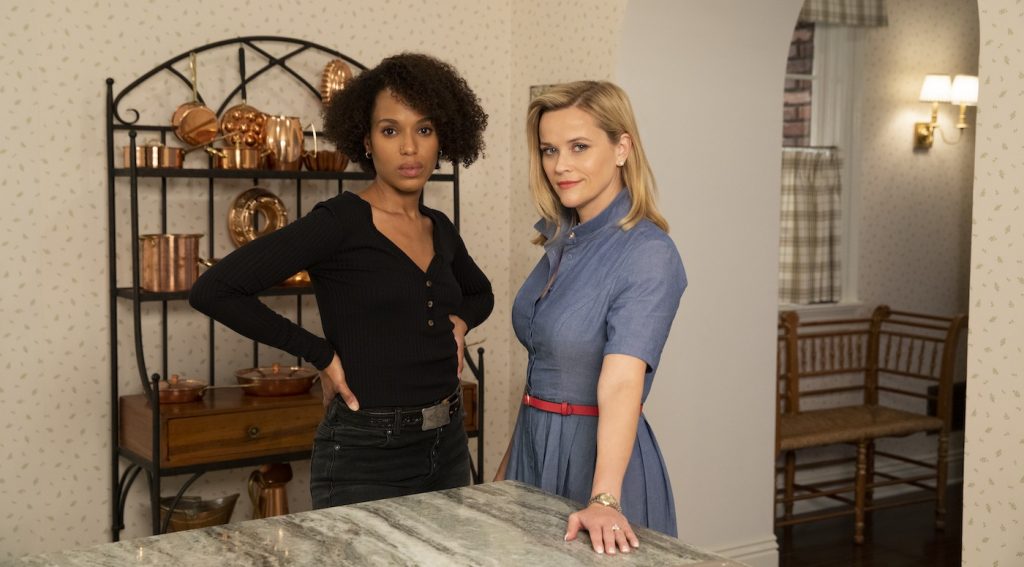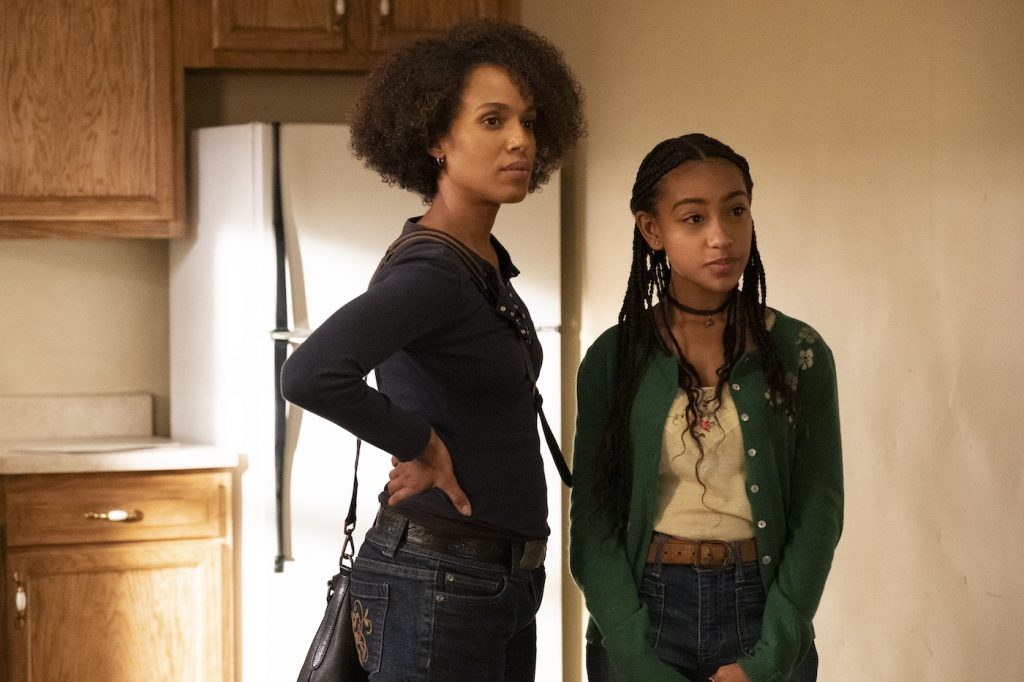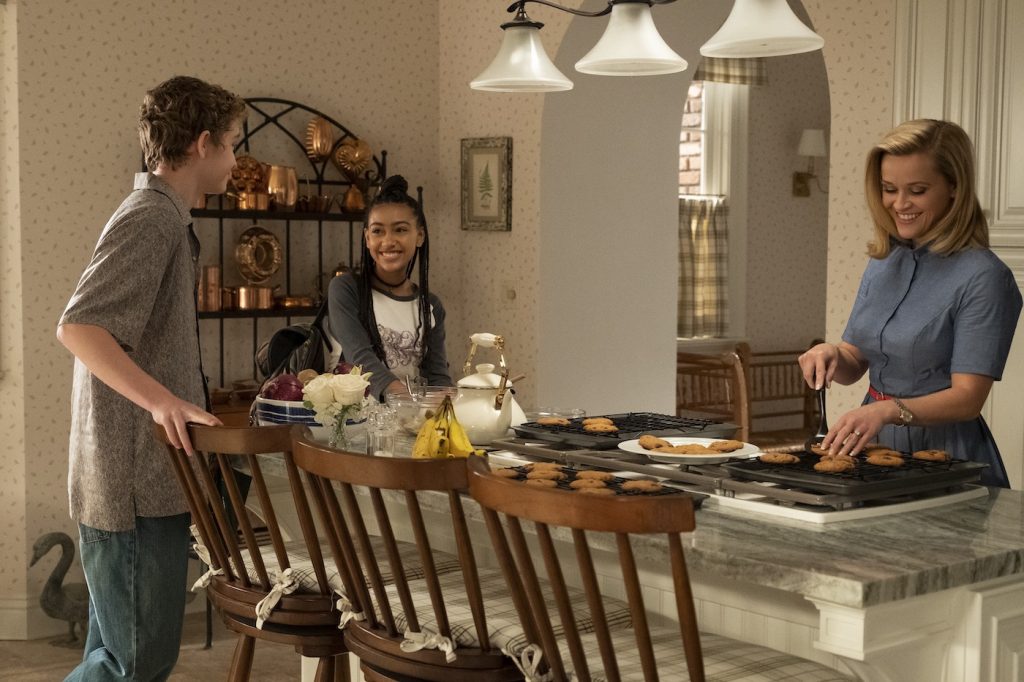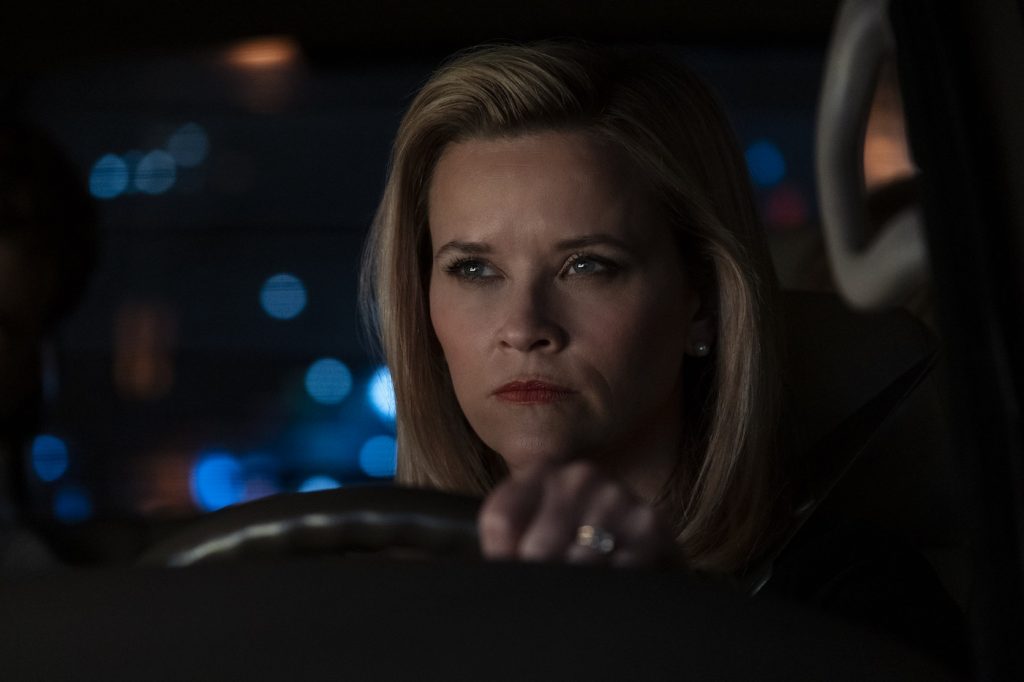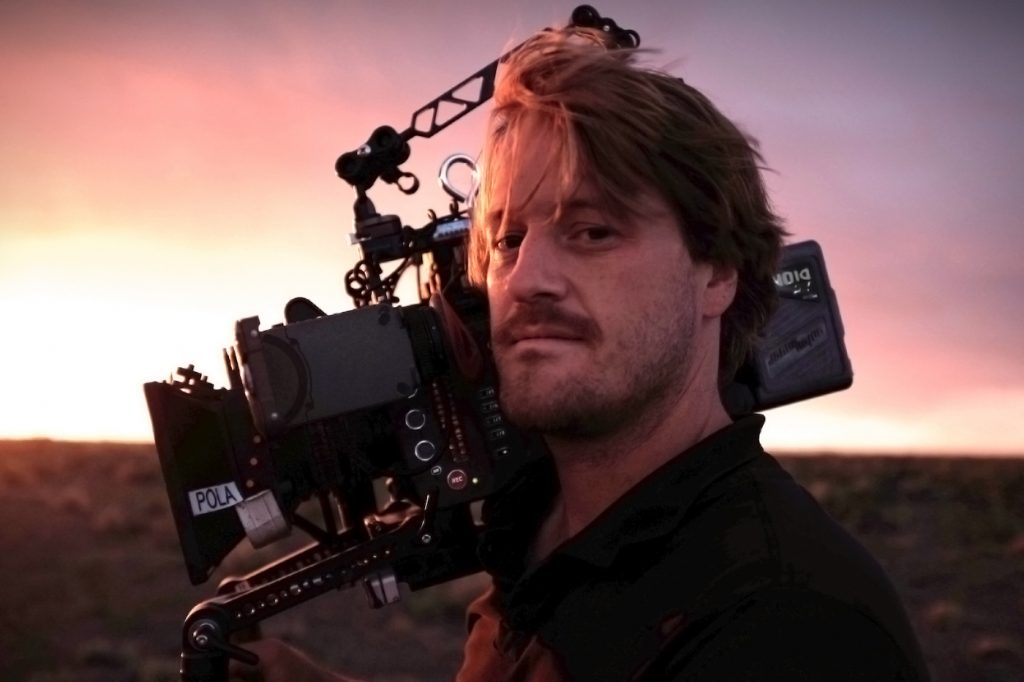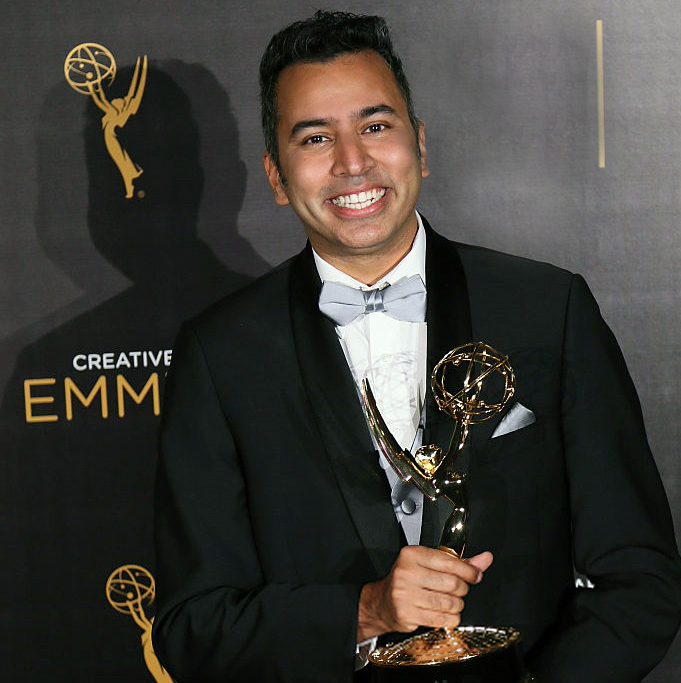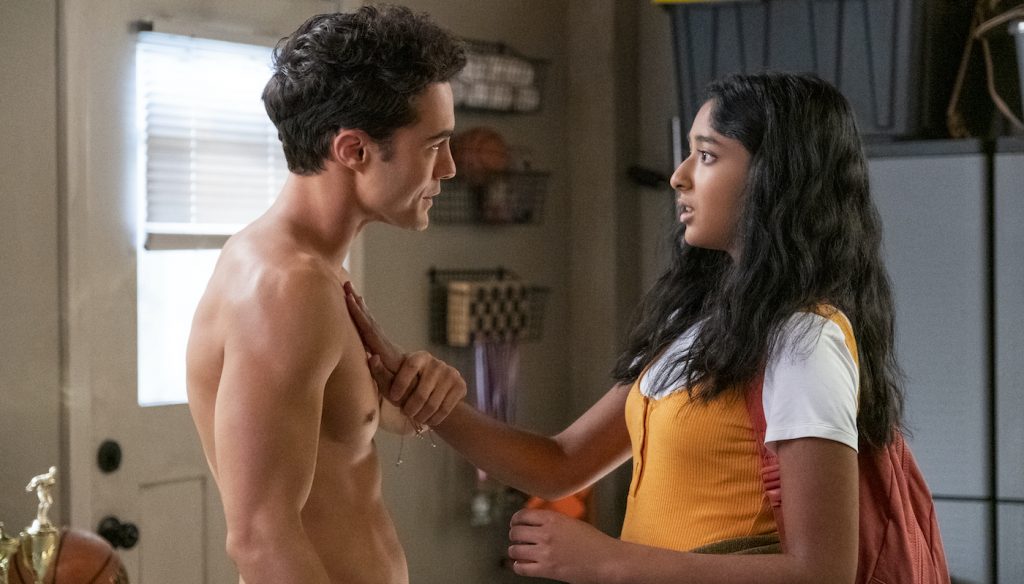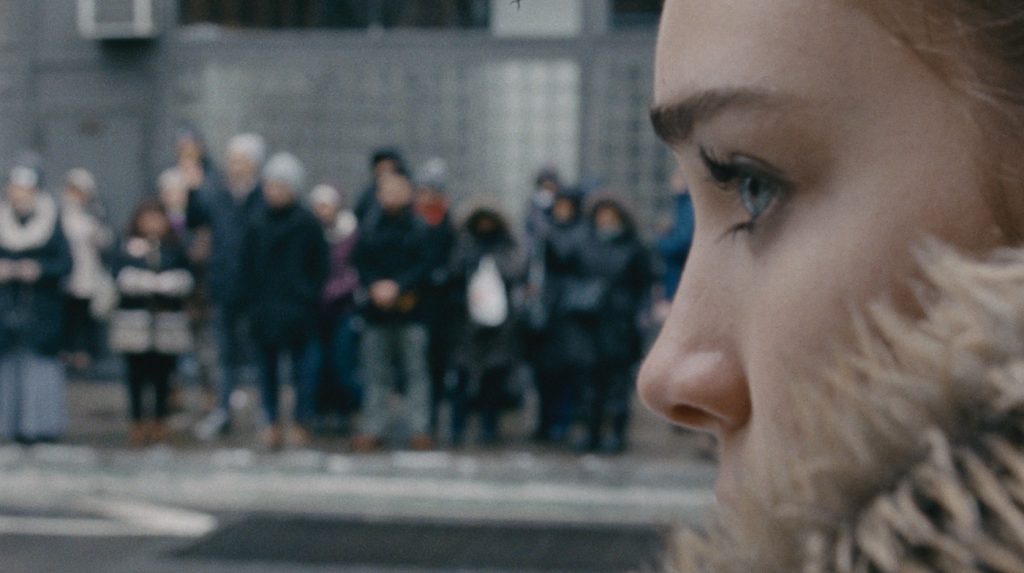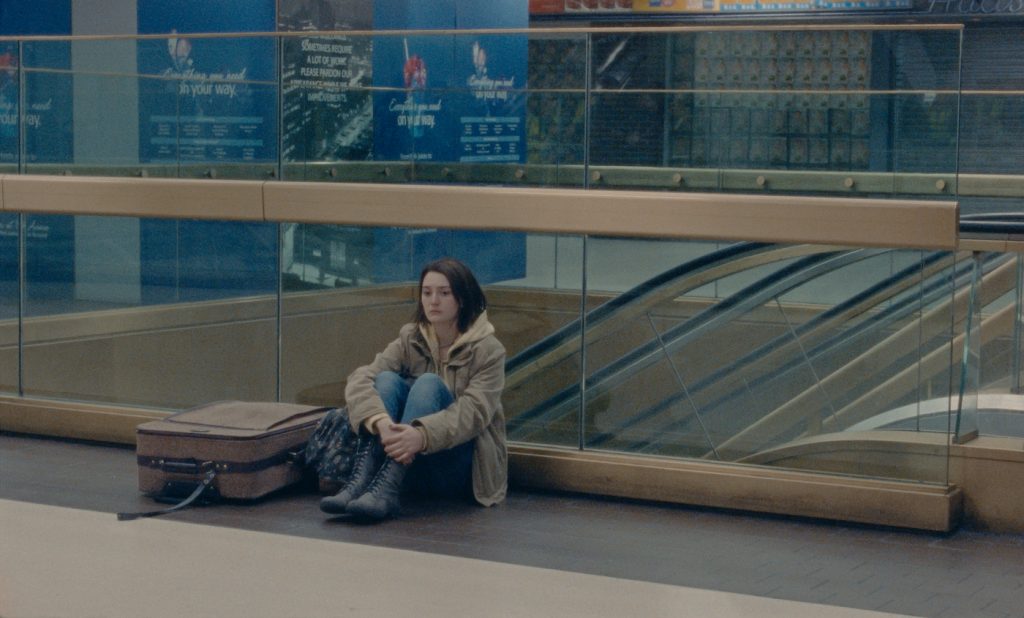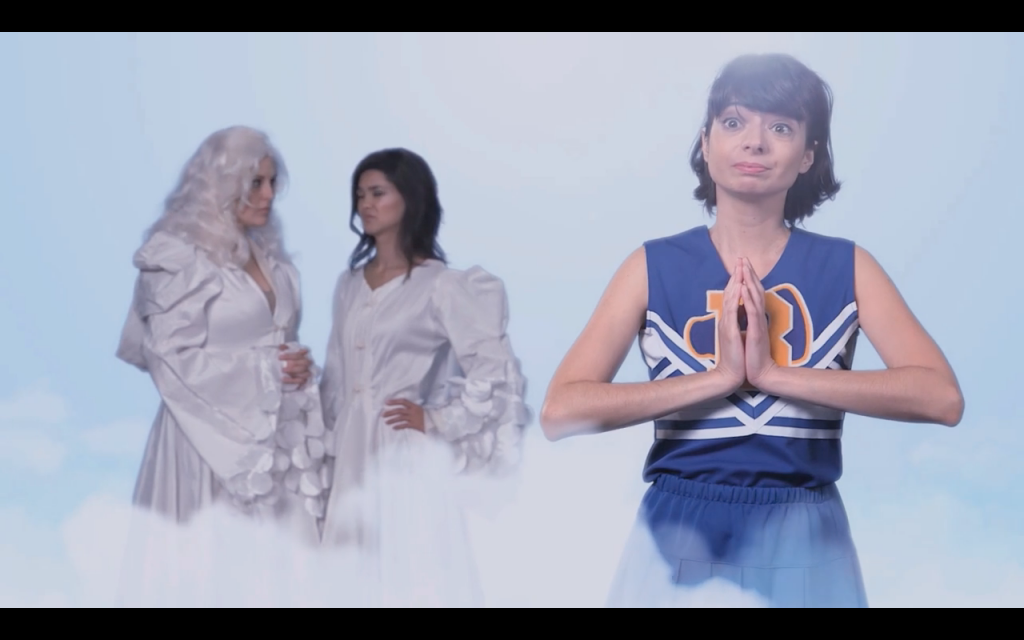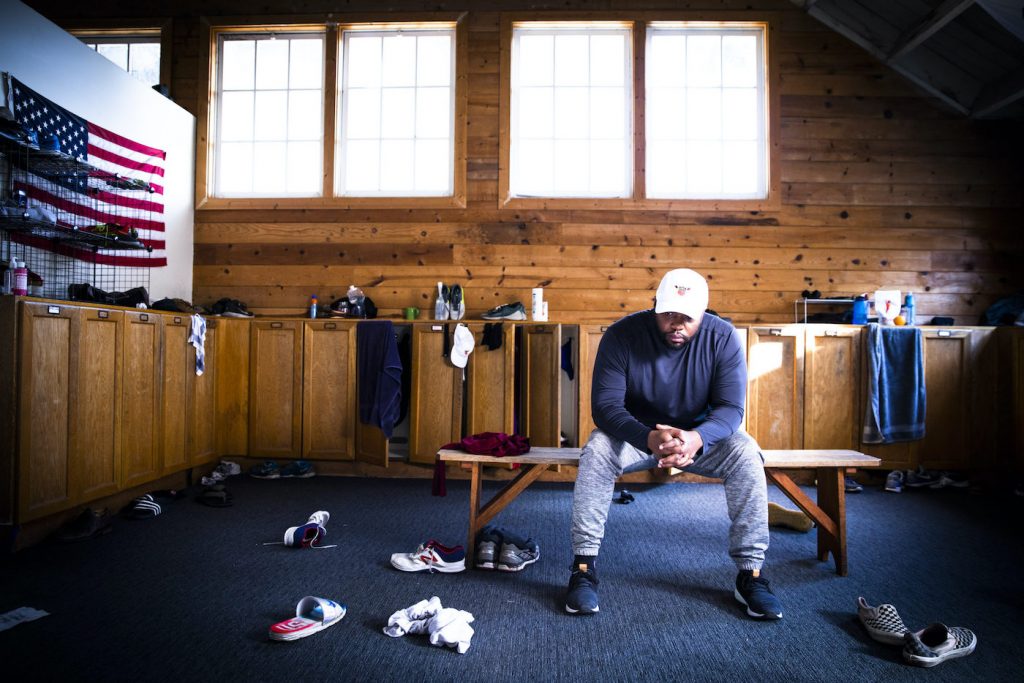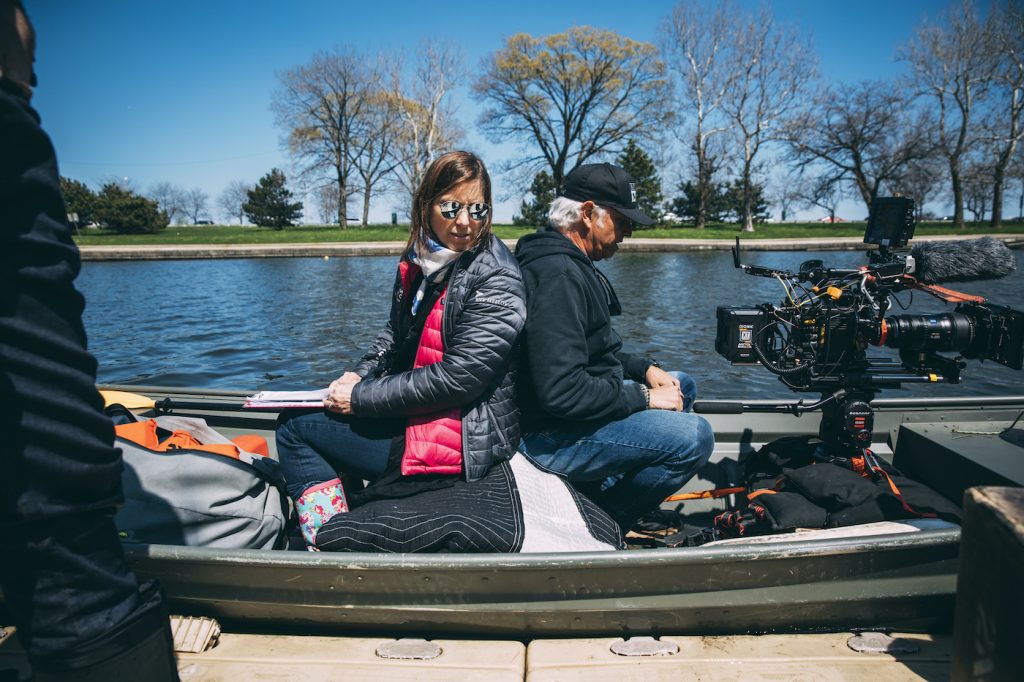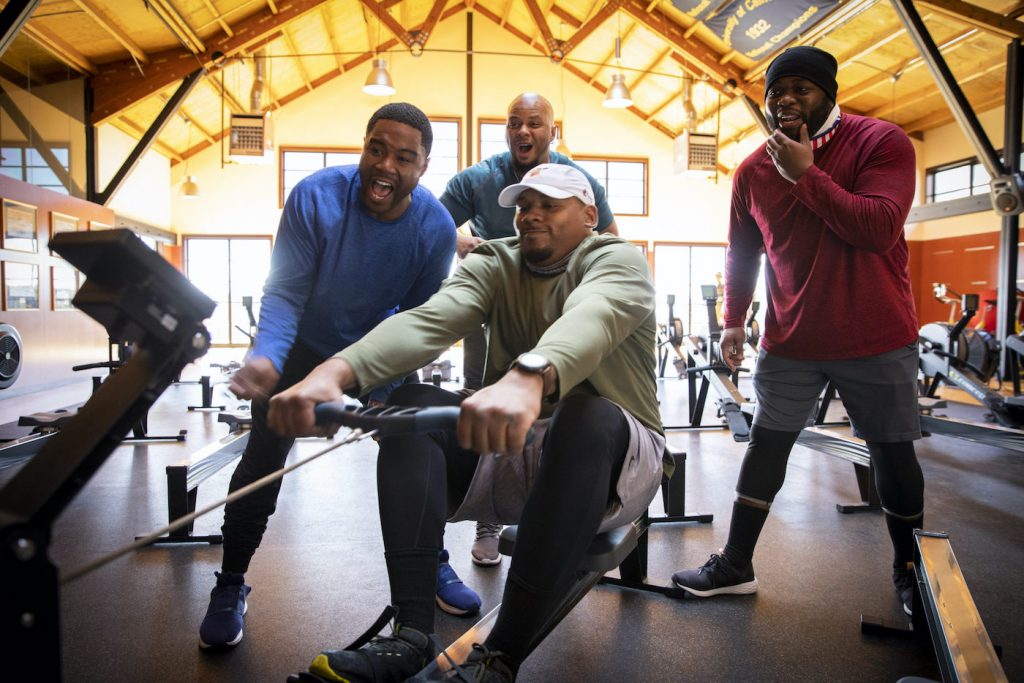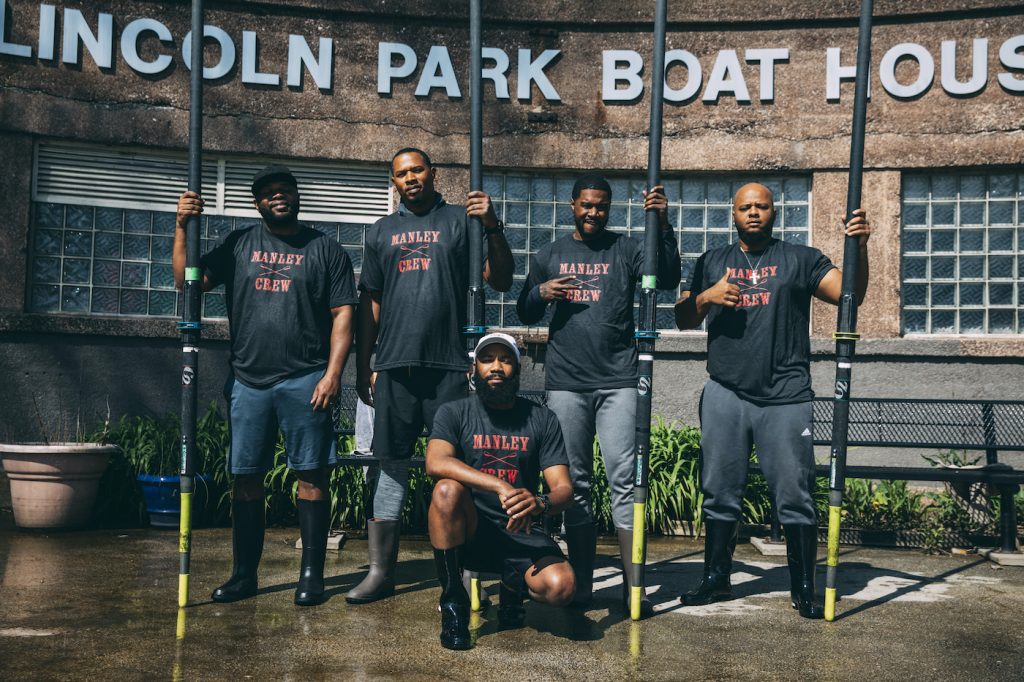If you’re lucky enough to be able to social distance and healthy enough to “simply” worry and absorb a relentless amount of bad news, then you’re probably primed for a little bit of positivity. If you live in a city where there’s nightly applause for our heroic healthcare workers, you’ve gotten a taste of how good it feels to take a moment to marvel at the courage and compassion of people all around us. People we usually don’t think about that much about. While we understandably focus on those in charge, it’s the “average” American who has stepped up, big time, in our collective moment of unprecedented uncertainty and fear. Regardless of your politics, if there’s one thing everyone is in agreement on, it’s how incredible the people on the frontlines of this pandemic have responded to this historic, terrifying challenge.
There’s also been a long-overdue reconsideration of what it means to be a “skilled” worker. Millions of us now realize that the people working at our grocery stores, delivering our food and medicine, cleaning up our hospitals, and doing all the jobs that literally keeps our society functioning are essential. They’re the ones who are not only supposed to leave their homes and apartments during this pandemic but the people we rely on to do so.
When it comes to the entertainment industry, there have been wonderful acts of solidarity, kindness, and creative problem solving to savor. On the kindness front, you can’t do much better than John Krasinski’s now beloved, DIY YouTube series Some Good News. Krasinski, Emily Blunt, and their family have opened up their home to deliver heartwarming, funny, and, per the title’s promise, very positive episodes. Whether they’re highlighting healthcare workers across the globe or rounding up the entire original cast of Hamilton to sing for a young girl who missed her opportunity to see the show due to the coronavirus, Some Good News has become hugely popular for a reason.
Or how about how costume designers have stepped up in a major way to sew masks, gowns, and other protective clothing for healthcare professionals fighting the spread of the virus? While the industry has seen productions frozen and premieres pushed back months, workers and companies alike have stepped up to do their part. “The International Alliance of Theatrical Stage Employees union has mobilized an army of costume designers and wardrobe workers to fashion masks from donated fabric and other materials,” the Los Angeles Times‘ Anousha Sakoui writes.
Meanwhile, Apple has also been working to help healthcare workers, sourcing 20 million N95 masks and preparing to make one million face shields, per week. Then there are the medical shows like ABC’s Grey’s Anatomy, The Good Doctor, and Station 19, as well as Fox’s The Resident, who have all turned over items in their wardrobes, including the crucial N95 masks, to hospitals. There are plenty of stories like this.
Studios and media companies are pitching in to deploy their expertise in entertainment and education to help kids who suddenly find themselves learning from home. One such example is National Geographic‘s new NatGeo @ Home initiative, which supplies videos, science experiments, quizzes, and classroom resources.
Or how about our late-night TV hosts, from Samantha Bee to Stephen Colbert to Trevor Noah, who have adapted to the shuttering of their production studios to deliver full episodes remotely, from the hosts’ respective homes. These episodes have been charmingly unslick, often very funny, and have leavened the laughs with crucial information from experts.
Also on the programming front, HBO has made 500 hours worth of their programming free. If you haven’t gotten around to watching The Wire but always wanted to, now seems like a good time.
Then there’s the PSAs coming from major studios and stars. In collaboration with the Ad Council, these PSAs have been broadcast across the studios’ wide array of channels, from the Disney Channel’s YouTube page in which popular stars of kid’s shows explain the importance of social distancing to fans, to the videos produced by NBCUniversal, available in both English and Spanish, focused on sharing crucial information with high-risk populations and the general public about protecting themselves and others. ViacomCBS’s #AloneTogether videos have featured everyone from Trevor Noah to 68 Whiskey‘s Gage Golightly.
Yes, we are living in frightening times. For many of us, our number one goal right now is to keep our healthcare workers and essential employees safe by staying home. We have, understandably, used at least some of our quarantine time to despair. So, it’s perhaps a healthy thing for us to remember that there are good stories out there, too, and daily acts of courage and kindness to applaud.
Featured image: NANTWICH, UNITED KINGDOM – APRIL 07: A show of rainbow coloured hands made by local children, in support of keyworkers and the NHS, adorns a grass verge covered in Spring flowers on April 07, 2020 in Nantwich, United Kingdom. There have been around 50,000 reported cases of the COVID-19 coronavirus in the United Kingdom and 5,000 deaths. The country is in its third week of lockdown measures aimed at slowing the spread of the virus. (Photo by Christopher Furlong/Getty Images)


